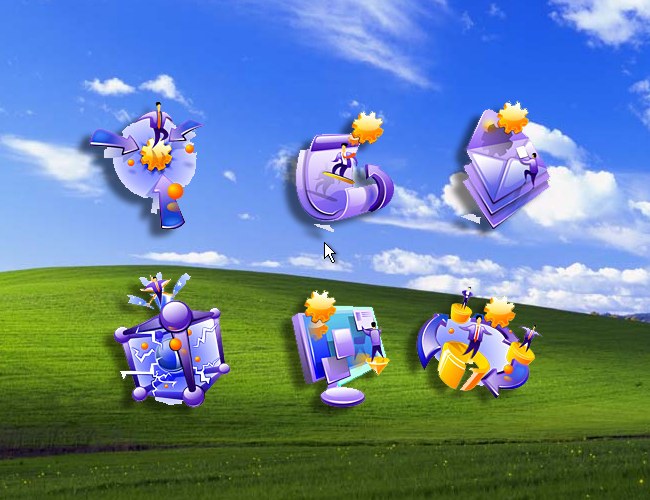Instruction
1
Open the dialog to create shortcuts. This can be done through the context menu that appears when you right-click on the background image of the desktop. In this menu, expand "Create" and select the second line - "Label".
2
Click the "Browse" button in the first form of the wizard. It opens a standard open dialog with which you need to find the object (executable program file, a document file or data folder, etc.) and click "Open".
3
Go to the next form, click on the "Next" button. Type the text that will become the caption of the photo of the label, and click Finish. A new icon will appear on the desktop immediately after this action.
4
In another way, this same operation can be done using a file Manager Windows Explorer. Run it e.g. by double-clicking on the icon "Computer" on the desktop. Using the folder tree in this app open the directory that contains the desired object (file or folder).
5
Create a shortcut to it on your desktop in one of two ways. This can be done by clicking the right button and choosing the "Send" line "desktop (create shortcut)". And you can just drag it to the desktop, right-click. When you release the button, the screen will appear a small menu, where you select "Create shortcuts".
6
Use the drag-and-drop to create copies of the shortcuts from the main menu of the operating system. In this case you can use both a left and right mouse button - in the first case, the context menu does not appear when you release the button.
7
To display labels system components (the"Basket", "Computer", "Network", etc.), use the OS dialog. In Windows 7 and Vista it is easiest to run through a search engine - go to the main menu and type in field phrase "search programs and files" text "working". This will be enough in the list of links on the search results appeared the "show or hide common icons on the desktop" - click it. In the opened window check mark in the checkboxes of those components that you want displayed on the desktop, and then click OK.
